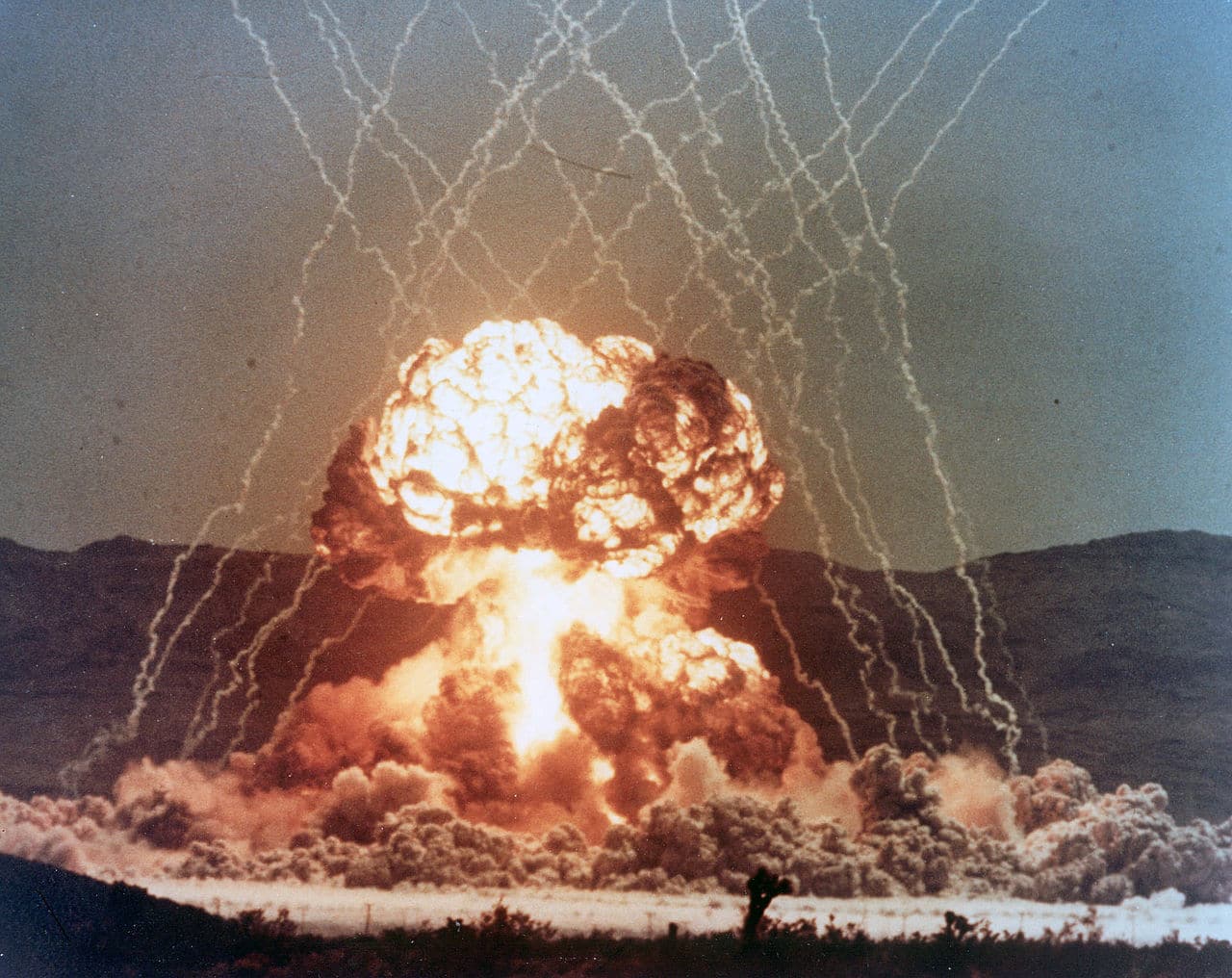
With all of the change that’s taken place in life over the last few months, it’s sometimes been hard to pay full attention to the one thing in my existence that I am the most passionate about – different varieties of light! This weekend I spent an entire day searching through my RSS feeds, scouring the web for information on topics I’m passionate about, and researching the status of projects across several industries. OLED research, chemical and gas laser development, LED substrate technology, and about eleventy thousand other topics got my full attention this weekend.
Returning to some level of sanity and routine is a good thing. Now I just have to take about a gallon of coffee out of my diet. I really don’t see that happening any time soon…
In my research this weekend, I came across some interesting articles about the whole “flying laser” race, and how it’s developing. Interestingly enough, it’s not really doing much of anything. Pentagon decision makers have decided that the initial laser chosen for the flying light saber, the chemical oxygen iodine laser (or COIL), just ain’t cutting the mustard. I find this hilarious, just because last February it shot down an in-flight ballistic missile, and I just related it to not cutting a condiment.
The real problem is that the military peeps just don’t think that it’s good enough yet. Quite frankly, neither do I – the COIL laser that was in the YAL-1 test plane filled up every single crevice and crack on the modified Boeing 747 more than a garage of a hoarder on that show “Hoarders.” This isn’t something that is very sustainable, and in a situation where the battlefield requires a weapon to be able to fire more than once (which the COIL laser cannot do without a land/refuel/takeoff per shot), development needs to be furthered. However, the interesting thing about the progress of the weaponized laser is that the COIL system is a megawatt-class laser – that’s 1,000,000 watts, people. Power doesn’t seem to be a problem, it’s packaging.
Airborne laser weapons have natural design issues to overcome, and it isn’t hard to see why the Pentagon wants to improve the package of the airborne laser. Problems include, but are certainly not limited to: laser payload (COIL is ridiculously inefficient, heavy, and dangerous), auto-correcting hardware to compensate the laser target acquisition and aiming stuff from the vibrations and movements in the plane in flight, and a host of other issues to protect not only the pilots but the people on the ground.
Something to understand is that the COIL laser contains a toxic, caustic, nasty payload of chemicals that get lazed to make the laser as powerful as it is. Scientists are trying to develop a different type of laser payload made from iodine gas (called the AGIL, or all-gas-phase iodine laser), but it seems as though Pentagon decision makers want it smaller still, and more agile, hostile, and versatile.
From a great blog that I read, The Danger Room:
Of course solid-state, or “electric” lasers are much more compact than liquid or gas lasers, and with an energy supply that “is rechargeable and clean,” according to the Air Force. But they’re typically 100 to 1,000 times less powerful.
Still, they are considered “the laser of choice in the long term,” especially the fiber-optic laser, “which integrates well with other sensors and electro-optical elements in the aerospace environment,” according to the proposal solicitation. It asks for companies to come up with novel ways to combine fiber lasers up to the kilowatt-class level – far short of the 100-kilowatt power level considered entry-level dangerous.
Eventually, a 100-kW fiber laser system could be compact enough for shorter-range tactical missions on something like a fighter jet. The Air Force is “exploring and developing several aircraft mounted high energy laser (HEL) systems for precision strike and self-defense missions.”
The Pentagon has reached out to small businesses and contractors that might not be Raytheon or Boeing sized businesses to solve their laser problems. Military deciders are asking the smaller business leaders, which, funny enough, is where a lot of the good development on projects all over the spectrum of technology are finding their births, to solve the problems of lasers tracking targets, being powerful enough and small enough to be realistic, sensing, and generally being better than the status quo. You have to at least look at the RFP for this project – check out the Missile Defense Agency’s Small Business Innovation Research Program document.
I’m tracking the progress of the weaponized laser because regardless of how I feel about the fact that we have lasers to destroy targets but we can’t cure cancer yet, all of the developments in the military industries affect the development of lasers and light for our peaceful industries. A lot of things we use in the entertainment lighting industries are direct descendants of military technology, believe it or not!
Stay tuned, this is bound to be interesting.





I’m looking for the laser tube cap for the pentagon MD-llsr (laser tube). If any one knows where i can get a replacement button cap for the laser tube,,,please advise. ga_mountain_rider@yahoo.com
Comments are closed.